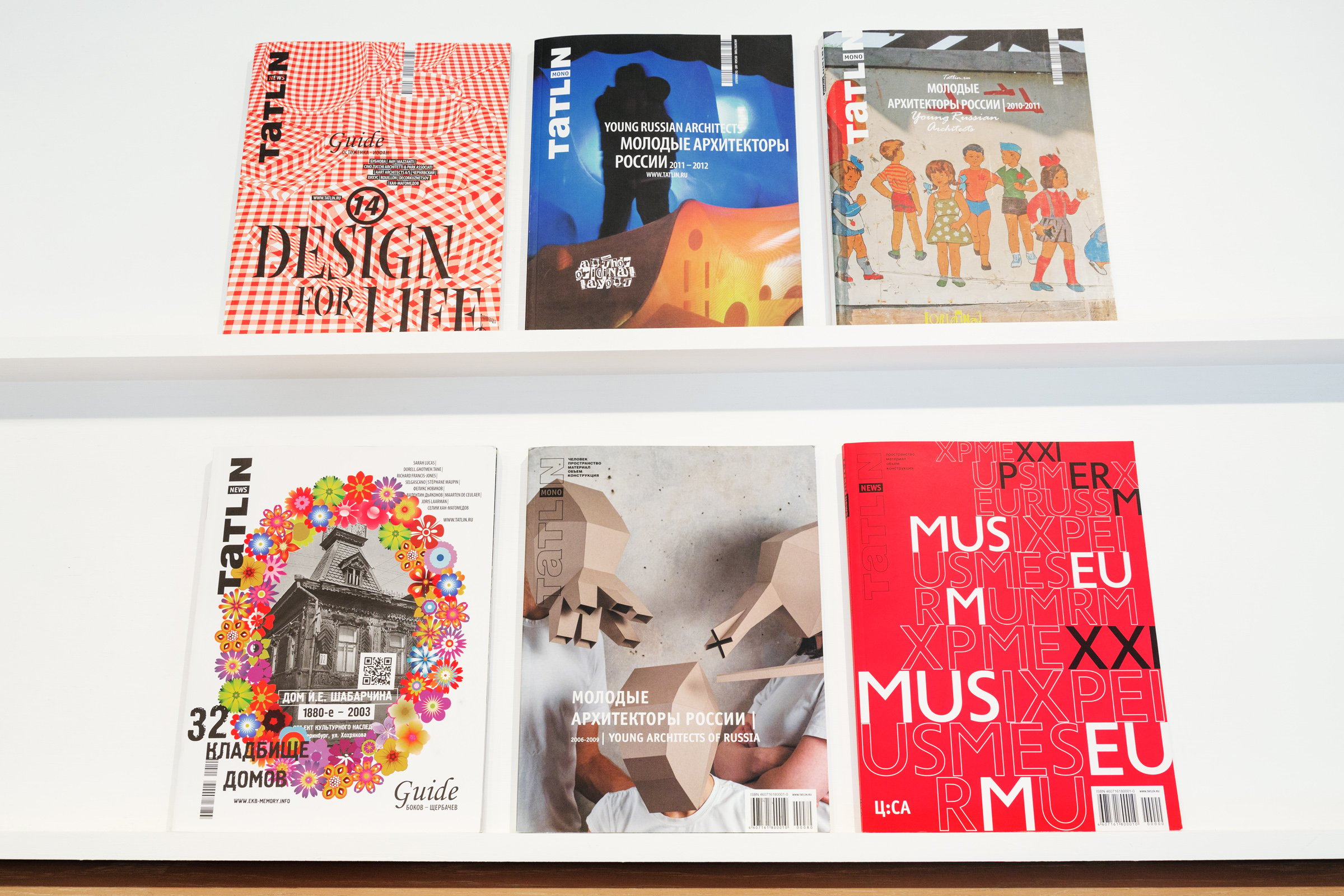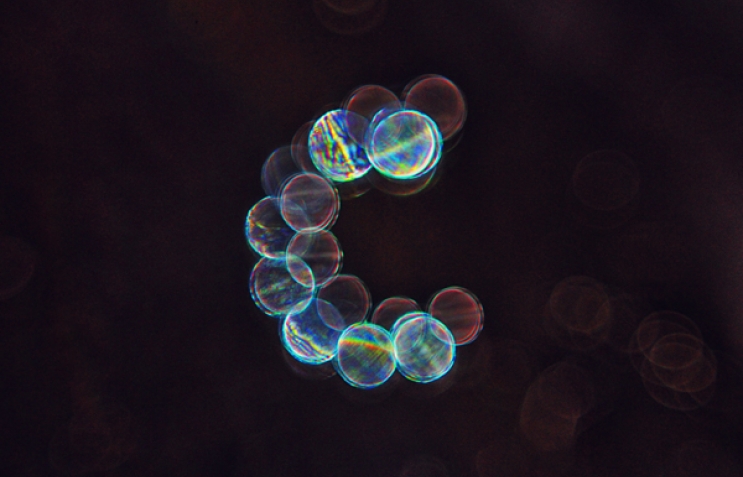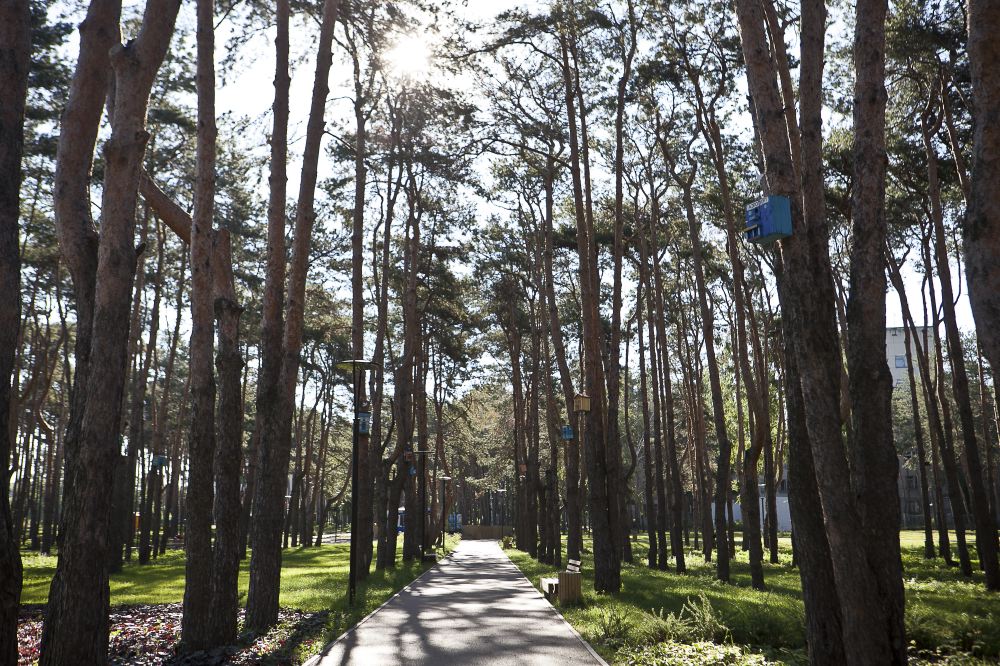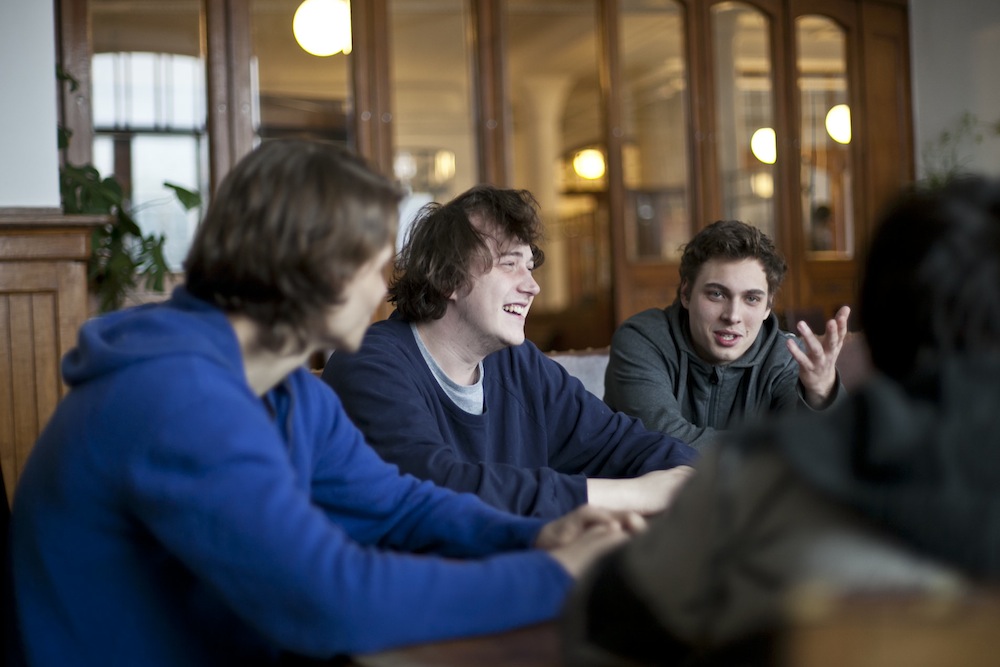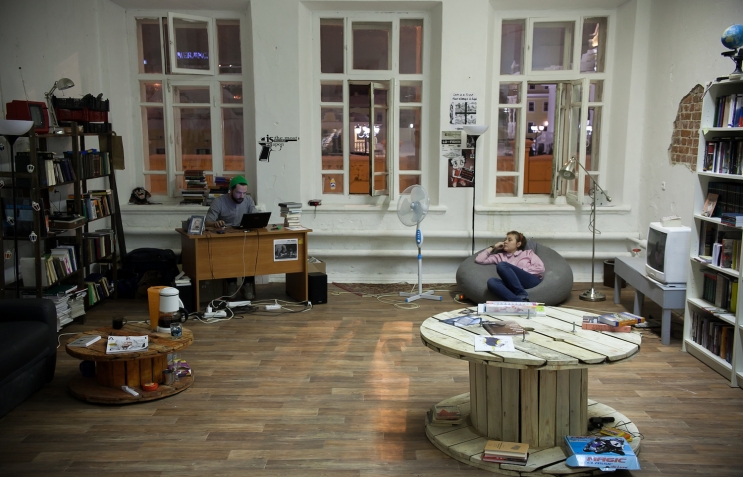One of a kind: the fine art of magazine collecting
_3.jpg)
For Konstantin Kotov hauling suitcases stuffed with magazines from abroad was no longer an option. So he launched Lebigmag - and now they’re flying off his own shelves
Foreign periodicals are like rare jewels in Russia. They’re hard to find and every title has its own cult of followers. For years now, magazines such as Dazed and Confused and 032c have been highly prized and highly desired as guides to a world of innovative imagery and design, strong writing and the freedom to experiment. For a magazine connoisseur or a young creative industry professional, a trip abroad usually means returning with luggage stuffed with various printed publications.
This is all too familiar to Konstantin Kotov, the 33-year-old bespectacled owner of St Petersburg-based Lebigmag, a magazine reading room and online shop offering quality periodicals. “I have to say in all modesty, there are only a few places in the world where you can find a collection as big and diverse as the one here,” he says. “I have very rare magazines that are difficult to find even in Europe and some that aren’t even produced anymore.”
As we leaf through magazines in the shop, Kotov picks up a copy of Ein Magazin über Orte, a German magazine whose title translates as The Magazine about Places. “Each issue has a theme about some place — the sea, the kitchen, paradise and so on — and it explores it through the eyes of different artists and writers,” he says. “The magazine was tricky to find when it existed and now it’s a collector’s item.” As with this particular publication, Kotov can wax lyrical about any title on display in the shop.
Kotov’s decision to open Lebigmag was born out of a passion for print. After studying English language and literature in Germany, he returned to St Petersburg in 2002 and began work for a number of magazines in a variety of roles as a writer, editor, photographer and layout designer. With a wealth of experience, he decided to launch his own magazine and so began a search for inspirational foreign titles, a task that proved near impossible. “In Germany, in any decent newspaper shop, I could buy not only local journals but also those from Holland, France, the UK, the US and even Russia,” he says. “Why in so-called ‘European’ St Petersburg can I not find a foreign magazine?” He postponed the idea of a magazine and opened Lebigmag instead.
“Some people just order everything that’s new. They ask me a few questions about a magazine, I tell them it’s good and they believe me. Their trust in Lebigmag pleases me”
The magazine reading room can be found in Rizzordi Art Foundation, a contemporary art space in a former malt house in south-west St Petersburg. The space is perfect, says Kotov. “Austere 19th-century industrial architecture, huge spaces and great exhibitions.” The room is minimal. A few randomly placed armchairs, a sofa and row upon row of shelving filled with magazines from everywhere from Japan to Germany on topics from fashion, design, architecture, music, food, politics and sport. What unites them is the quality of writing, photography and printing, and it is here that Kotov comes into his own, using his experience and good taste, and the occasional request from visitors, to select titles.
Lebigmag currently holds more than 100 titles and more than 150 issues, anything from fashion bible Purple to Bloomberg Businessweek as well as lesser known magazines such as Germany’s Tissue, which covers topics such as art, sex and freedom, and Cine Qua Non, a University of Lisbon rag filled with analytical essays on the arts. He has recently added The New Yorker to his collection, making Lebigmag’s online shop the only place where the respected title can be purchased in Russia.
For most visitors, the reading room is like a museum. They treat it as if it’s a hallowed space filled with remarkable objects from another time or place. This is just fine for Kotov, who is keen to maintain an air of sacredness — his worst fear is that’ll descend into an ordinary newspaper shop. “Lebigmag is a good platform for helping the public learn about quality periodicals, to start appreciating them and perhaps even expect more from the Russian press,” he says. With this wider goal in mind, Kotov is also planning to organise several events for magazine buffs in Russia including a lecture from the publisher of the Dutch version of Frame and a music night with the editors of Tissue.
Fashion and contemporary art publications do best, says Kotov, which he puts down to the pleasure of leafing through a beautifully crafted magazine. However, he doesn’t have an answer to why some magazines are more popular than others, a question, he says, he mulls over all the time. “Some people just order everything that’s new,” he says. “They ask me a few questions about a magazine, I tell them it’s good and they believe me. Their trust in me and Lebigmag pleases me.”
“Do you know where Novotalitsy village is? I had to check on Google. Among the 8,000 people who live there, one reads The New Yorker”
There are even a few Russian titles in the mix. “Most of them are magazines that are not distributed widely but the same criteria for high quality content and presentation applies,” says Kotov. “It might seem subjective but there’s nothing I can do about it. If I don’t like something about a magazine, it won’t appear in my reading room or online.” The online shop receives orders from across Russia, including some fairly remote locations. “Do you know where Novotalitsy village is?” asks Kotov. “I had to check on Google. Among the 8,000 people who live there, one reads The New Yorker.”
In Kotov’s world, the ongoing debate about the future of print media is irrelevant. The exclusivity of his magazines means that until there’s more competition, he’s in a pretty comfortable position. Plus, the magazines — while expensive — are treated by buyers as items to pore over and then keep. “The photographs in these print products are totally different to their online versions,” explains Kotov. “Photographs on great quality paper, laid out beautifully, even the smell, evoke a completely different set of feelings. You can find copies of everything on the internet now, but we still all go to museums, read real books and watch films in cinemas.”
As well as the reading room, Lebigmag also has a small concession in St Petersburg bookstore Poryakod Slov and a second in Moscow’s Garage Centre for Contemporary Culture. As a next step, Kotov would like to open a reading room in Moscow. Although the project has received much attention in the press and is already popular among enthusiasts, “it is too early to talk about commercial success,” he says.
It may be early days, but Kotov says he has no regrets about choosing to launch a shop fist and a magazine later, especially given the level of advertising in print publications these days. “Most are chock full of adverts and sponsored content masquerading as real articles,” he says. “It’s just pages and pages that will eventually end up in the bin.” While there are few independent Russian magazines, they are slowly but surely growing in number. One of the Russian titles stocked at Lebigmag is Moskvich, a lifestyle magazine with a focus on photography. Its co-founder Ivan Bolshakov is also an art director of Afisha-Eda, a monthly magazine about food, produced by ProfMedia publishing house. “I felt an urge to create my own, small magazine even though there’s such a small audience for it in Russia apart from a few creative professionals,” says Bolshakov. “Moskvich is a very dysfunctional publication because it doesn’t speak about goods and services. It shows beautiful photos and celebrates life. It gets more interest abroad than in Russia.” Other Russian titles stocked by Lebigmag include Séance, a highly respected film magazine that has been around since the Eighties, and a younger lifestyle magazine from Yekaterinburg, WTF?
“I hope one day in Russia there will be a boom of independent magazines as there is in Europe,” says Kotov. “I’ve noticed that students now dream not only about opening their own bars but also their own magazines. I think everything will work out.”
_3.jpg)
_3.jpg)
_2.jpg)
_3.jpg)
_2.jpg)
.jpg)
_5.jpg)
.jpg)
.jpg)
_7.jpg)
_2.jpg)
.jpg)
_4.jpg)
_2.jpg)
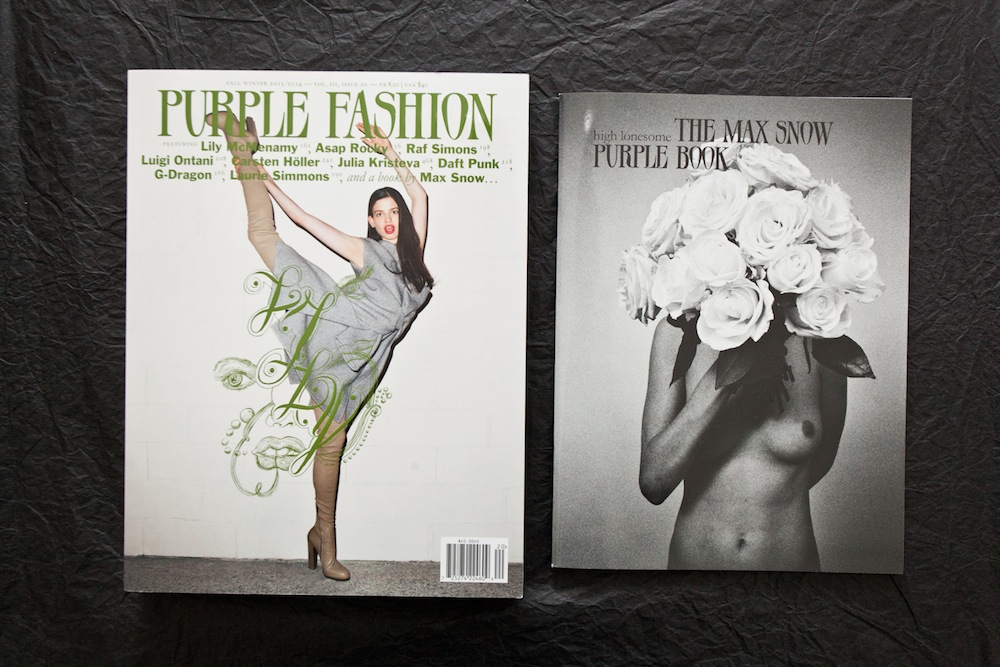
_4.jpg)
_1.jpg)
